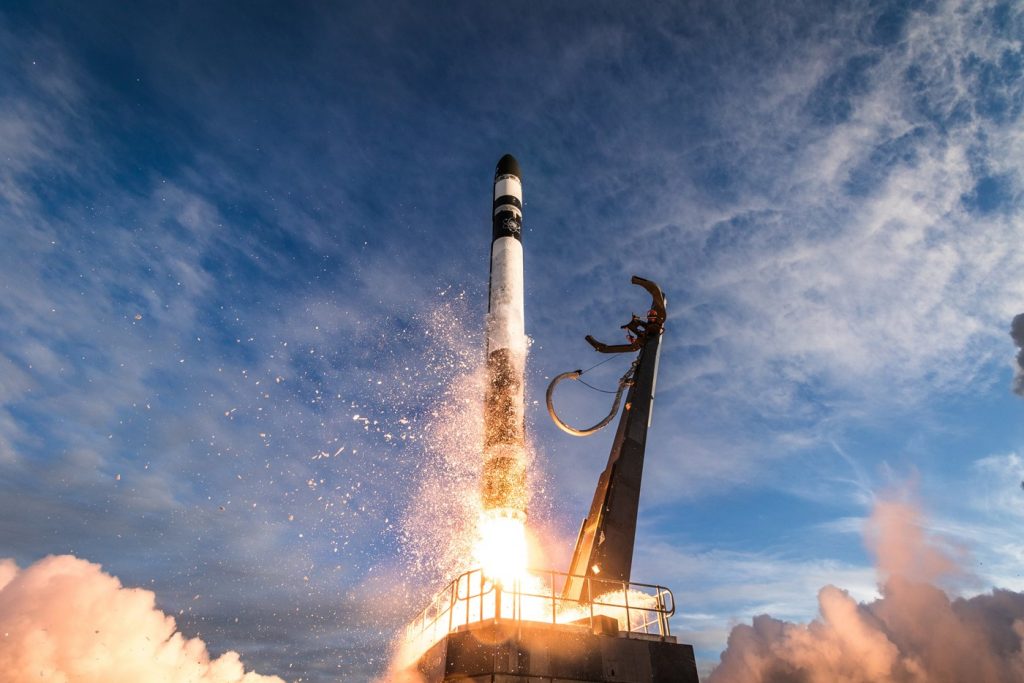Redefining how we access space: Luna coating on first ever Venture Class Launch Services mission
Adam Goff, Senior Research Scientist
When developing new technologies for use in outer space missions, companies and researchers are challenged to evaluate performance of their innovations in a space environment. Often, the only method to understand the impact of outer space temperature extremes and radiation exposure is to actually send new innovations into orbit. NASA has traditionally addressed this need by inviting researchers to include their innovations onto CubeSats that would be fixed as auxiliary payloads on future missions. A CubeSat is a miniaturized satellite that enables cost-efficient research on space technology, and through NASA’s CubeSat Launch Initiative (CSLI), researchers have included innovations on various planned NASA missions. Because of the CSLI rideshare-style format, CubeSat availability and launch opportunities for researchers are fairly limited; providing opportunities for such field testing only when and where space is available on other larger NASA missions.
This is why researchers around the world are marveling at the successful launch of Rocket Lab’s first ever Venture Class Launch Services mission! The Rocket Lab Electron successfully launched on December 16, 2018, at 06:33 UTC (01:33AM ET) from New Zealand’s Māhia Peninsula, marking the first time in history that a commercial launch vehicle has been dedicated to sending NASA CubeSats into orbit. The mission, designated Educational Launch of Nanosatellites (ELaNa-19), deployed 13 satellites to their precise, designated orbits. According to Justin Treptow, NASA ELaNa-19 Mission Manager, “With this the first launch of a Venture Class Launch Service on the Rocket Lab Electron, NASA now has an option to match our small satellite missions with a dedicated small launch vehicle to place these satellites in an optimal orbit to achieve big results.” (1)
Luna Labs, the applied research division of Luna Innovations (NASDAQ: LUNA), is grateful to have been invited by NASA to participate in this historic mission. The NASA Langley Research Center Shields-1 CubeSat is carrying a new coating technology developed by Luna’s Protective Materials research group. LUNA XP-CD Charge Dissipating Conformal Coating enables improved protection and electrostatic discharge (ESD) mitigation for spacecraft electronics. The coating offers the combined performance properties of common conformal coating protection and radiation hardening through ESD mitigation. Providing this combination of performance, in a single conformal coating, gives spacecraft designers a new tool to protect sensitive electronics from hazardous radiation environments while reducing spacecraft complexity, weight, and cost. Luna XP-CD meets the required volume resistivity of 1×108 to 1×1012 ohm-cm for ESD protection across a wide temperature range, is optically transparent, inspectable under ultraviolet light, easy to apply and repair, provides low outgassing, and has excellent adhesion and flexibility. A successful mission will pave the way for future programs to utilize Luna XP-CD for electronics protection during Geosynchronous Earth Orbit (GEO), Medium Earth Orbit (MEO), Polar Low Earth Orbit (PLEO), and Outer Planets exploratory missions. For more information about Luna XP-CD Charge Dissipating Conformal Coating, check out our blogpost here and send an inquiry to [email protected].
Dedicated launches from Rocket Lab will provide several advantages for researchers including more frequent flight opportunities for CubeSats, tailored deployments to meet unique orbital requirements, and the possibility for launches on a personalized schedule. If interested in sending a CubeSat to outer space, submit an online booking request with Rocket Lab. This is certainly an exciting time for the STEM community!
